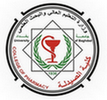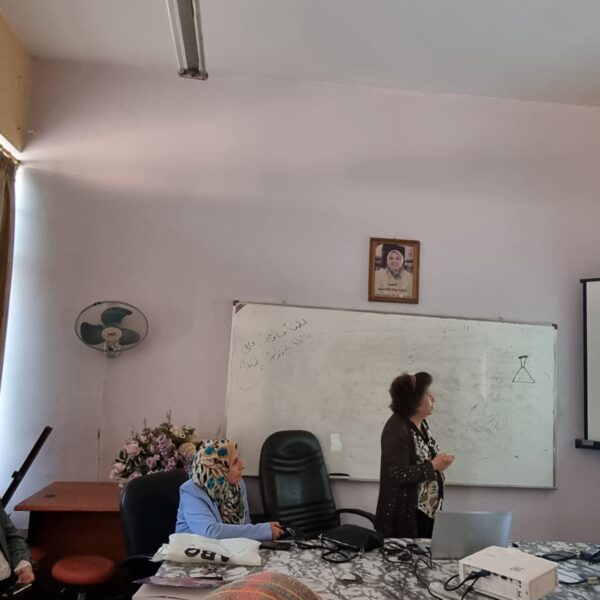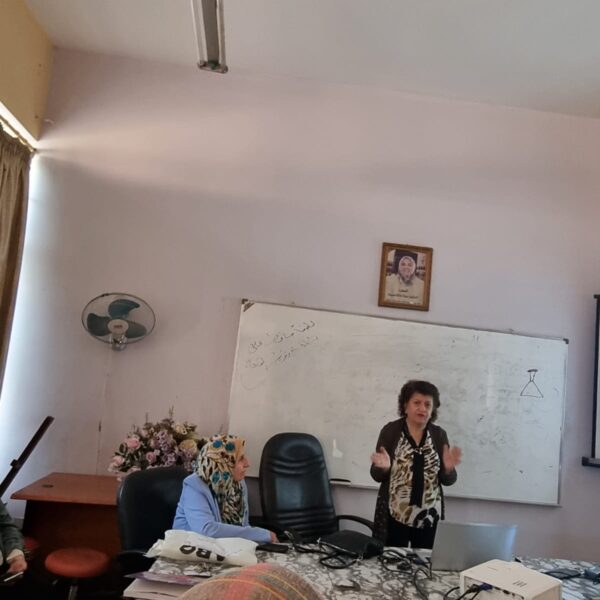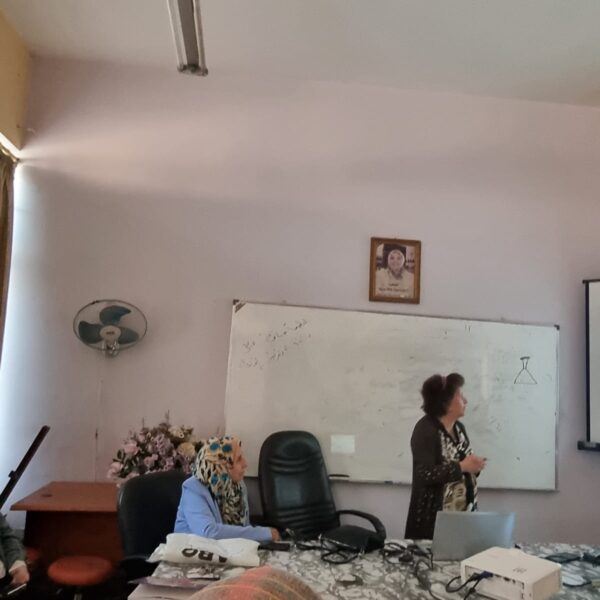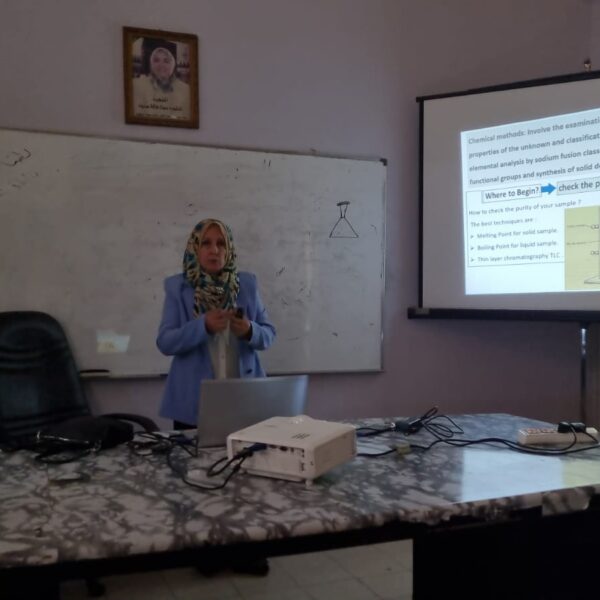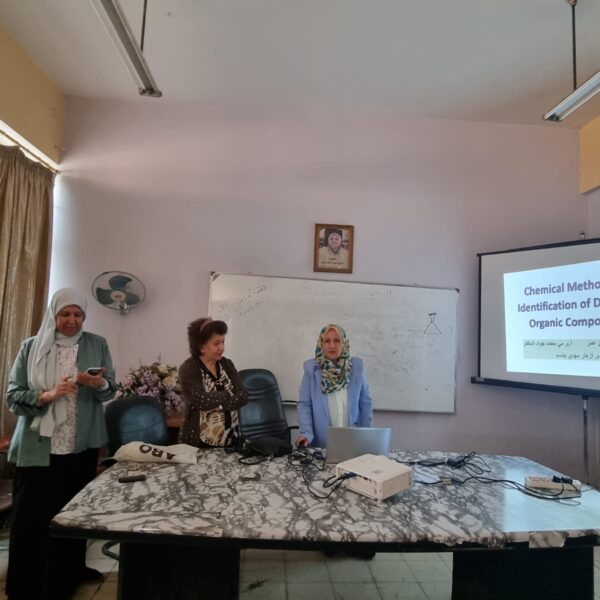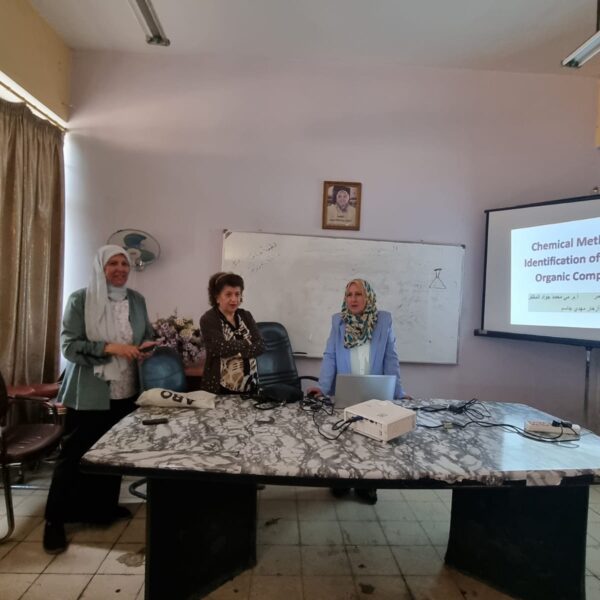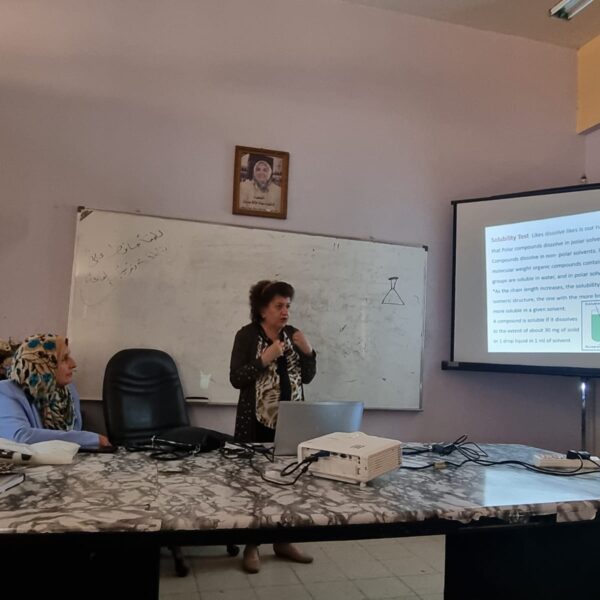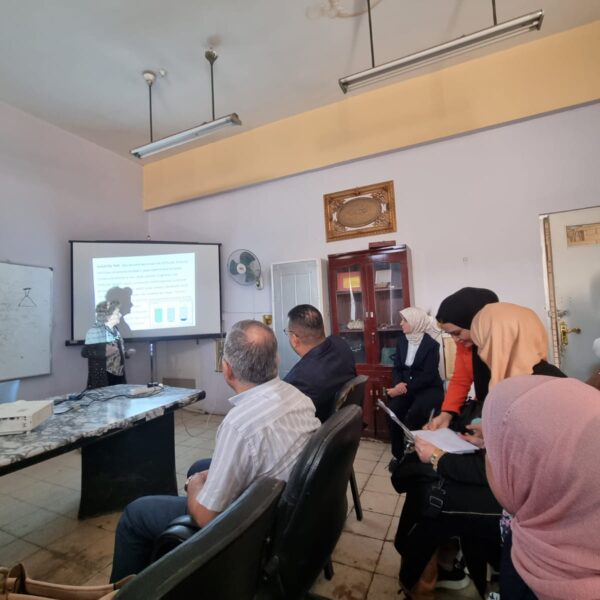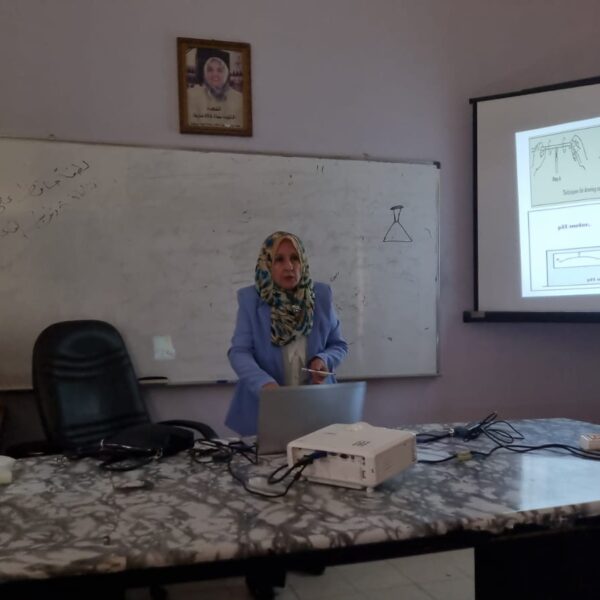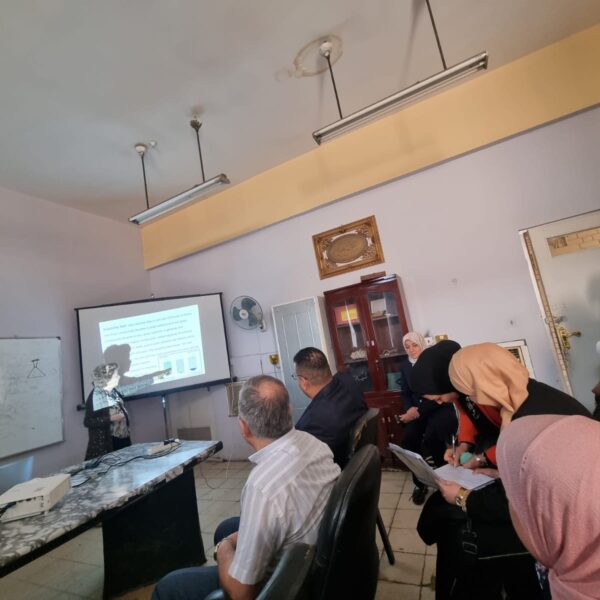Under the supervision of Associate Professor Dr. Sarmed H. Kathum AlKhateeb, the Dean of the College of Pharmacy-University of Baghdad…. The continuing education unit held an in-person workshop entitled (Chemical Methods for Identification of Different Organic Compounds) that was given by:“(Assist. Prof. Taghreed N-AOmar, Assist. Prof. May Mohammed Jawad Al-Mudhafar and Practical Application by lecturer Azhar Mahdi Jassem), faculty members in the pharmaceutical chemistry department. The lecture included the following:
Identification and characterization of the structures of unknown substances are important parts of organic chemistry. Although it is often possible to establish the structure of a compound on the basis of spectra alone (Infrared (IR) Spectroscopy, Nuclear Magnetic Resonance (NMR) Spectrometry , Mass Spectrometry (MS)..etc), the spectra typically must be supplemented with other information about the compound: its physical state and properties (melting point, boiling point, solubility, odor, color, etc.), elemental analysis, and confirmatory tests for functional groups. Each functional group has a particular set of chemical properties that allow it to be identified. Some of these properties can be demonstrated by observing solubility behavior, while others can be seen in chemical reactions that are accompanied by color changes, precipitate formation, or other visible effects. Organic compounds’ physical properties are usually of interest, and they include both quantitative and qualitative characteristics. Quantitative information includes melting point, boiling point, and index of refraction. Qualitative properties include odor, consistency, solubility, and color.It was also discussed in detail:
- The best techniques to check the purity of the sample are :
1- M.P for solid sample. 2- B. P for liquid sample. 3- TLC
- Tests for unsaturation
1.a dilute potassium permanganate solution.
2.Solution of bromine in carbon tetrachloride
- Tests for compounds containing nitrogen
- Tests for compounds containing C, H and possibly oxygen

